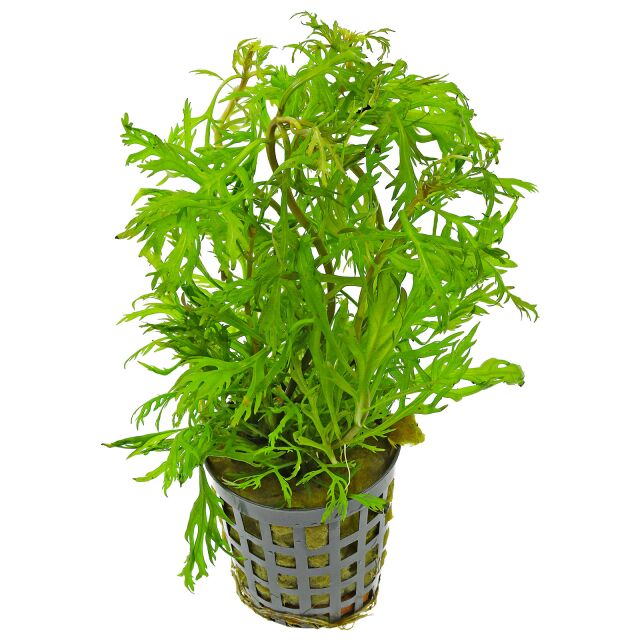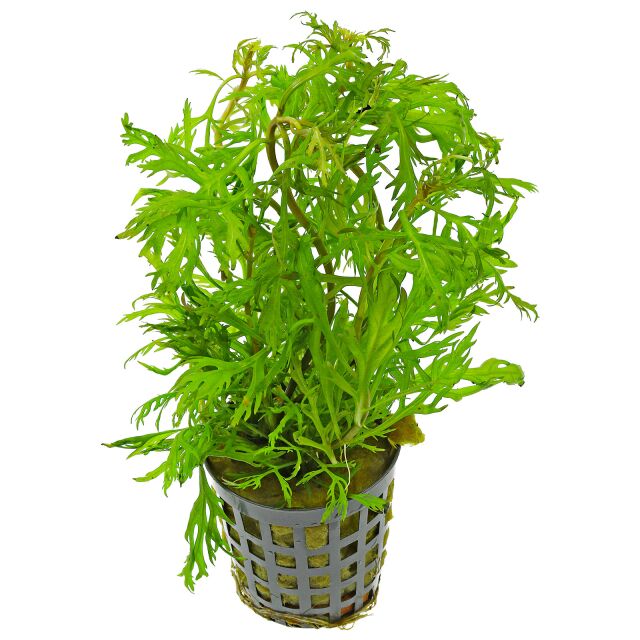Purple bushmint



Hyptis laciniata
Purple bushmint
- New stem plant from South America
- Light green to purple red tones
- Spreading, bushy growth habit
- Moderate growth speed
Sign in or Register
Item question
We’re here for you!
Please enter your question and e-mail and we’ll contact you as soon as possible. It usually takes us up to 24 hours during business days to respond.
Thank you for your question!
Thank you, we’ll get in touch!
Close window
You already sent us a question.
Please wait a few minutes
Description
Hyptis laciniata was introduced only few years ago from Colombia and is still a rarity. As well as the completely differently looking Hyptis lorentziana, it belongs to the Mint family (Lamiaceae). This plant is long known in botany but still quite new in the aquarium hobby. The Purple bushmint occurs in northern South America at riverbanks that are flooded during the rain period. It has sliced (laciniate) leaves in the emersed as well as submerged form, similar to the underwater leaves of Hygrophila difformis, but smaller. They are light to medium green, and the shoot tips show light purple tones when the lighting is rather strong. The stems grow rather spreading and branched, forming dense, broad bushes. The growth speed is moderately fast.
It seems that the Purple bushmint is not very demanding, but a good macro- and micronutrient supply and CO2 addition are very beneficial for its growth. Rather strong lighting enhances the purplish tones of the shoot tips. As well as other stem plants, it is easily propagated by cuttings. Occasional selective trimming keeps the bush in shape.
This extraordinary new plant deserves wide distribution in the aquarium hobby. Hyptis laciniata is especially appealing as bushy, broad, up to about 20 cm high stand in the aquarium midground. It also presents a smaller, more compact alternative to Hygrophila difformis from which it also differs by its pinkish to purple tones. This plant, adapted to water current, also appears interesting for South America-themed river and stream biotope tanks, as well as for emersed setups such as paludariums and Wabi-Kusa. In its terrestrial form, one may also expect its button-like flower heads.
General information
Please choose a variant to see more information.
| Item no. |
|
| EAN | |
| Weight | |
| Shipping weight |
Customers ask customers
You have questions about this product? Ask other customer or our support team about this product!